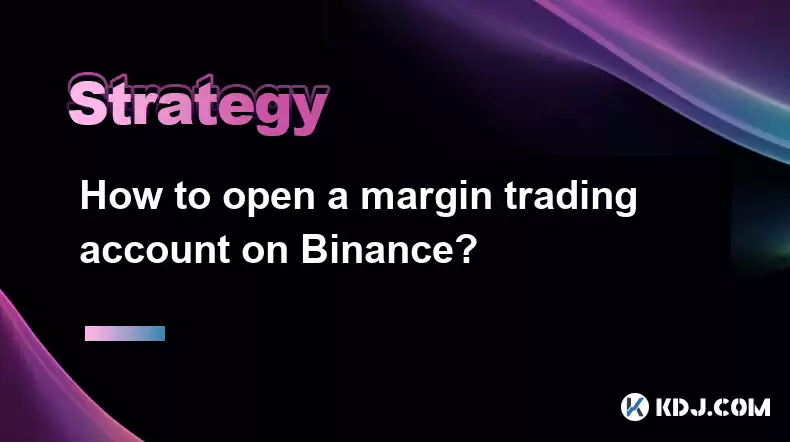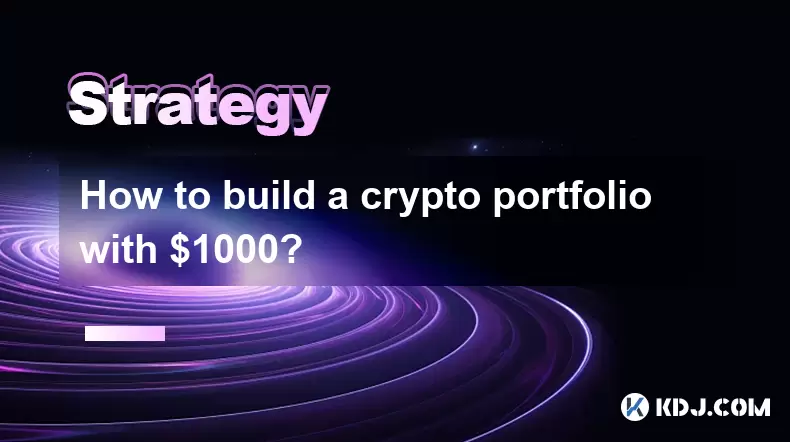-
 Bitcoin
Bitcoin $117500
2.15% -
 Ethereum
Ethereum $3911
6.19% -
 XRP
XRP $3.316
10.79% -
 Tether USDt
Tether USDt $1.000
0.01% -
 BNB
BNB $787.2
2.24% -
 Solana
Solana $175.2
4.15% -
 USDC
USDC $0.9999
0.00% -
 Dogecoin
Dogecoin $0.2225
8.40% -
 TRON
TRON $0.3383
0.28% -
 Cardano
Cardano $0.7868
6.02% -
 Stellar
Stellar $0.4382
9.34% -
 Hyperliquid
Hyperliquid $40.92
7.56% -
 Sui
Sui $3.764
7.63% -
 Chainlink
Chainlink $18.48
10.66% -
 Bitcoin Cash
Bitcoin Cash $582.1
1.88% -
 Hedera
Hedera $0.2601
6.30% -
 Avalanche
Avalanche $23.33
4.94% -
 Ethena USDe
Ethena USDe $1.001
0.02% -
 Litecoin
Litecoin $122.3
2.04% -
 UNUS SED LEO
UNUS SED LEO $8.969
-0.27% -
 Toncoin
Toncoin $3.339
0.86% -
 Shiba Inu
Shiba Inu $0.00001287
4.30% -
 Uniswap
Uniswap $10.43
7.38% -
 Polkadot
Polkadot $3.861
5.08% -
 Dai
Dai $1.000
0.02% -
 Bitget Token
Bitget Token $4.513
3.41% -
 Monero
Monero $267.7
-6.18% -
 Cronos
Cronos $0.1499
4.14% -
 Pepe
Pepe $0.00001110
5.15% -
 Aave
Aave $284.9
8.28%
How to open a margin trading account on Binance?
Opening a margin trading account on Binance involves meeting prerequisites, following steps to enable trading, and understanding leverage and risks to manage your account effectively.
Apr 05, 2025 at 12:08 am

Opening a margin trading account on Binance allows you to leverage your trades and potentially increase your profits. However, it also comes with increased risk, so it's important to understand the process and the implications fully. In this guide, we will walk you through the steps to open a margin trading account on Binance, ensuring you have all the information you need to proceed safely and effectively.
Prerequisites for Opening a Margin Trading Account
Before you can open a margin trading account on Binance, there are several prerequisites you need to meet:
- You must have a verified Binance account. If you haven't registered yet, you'll need to sign up and complete the KYC (Know Your Customer) verification process.
- You need to have sufficient funds in your spot wallet. Margin trading requires collateral, so ensure you have enough cryptocurrency or fiat to cover your trades.
- You should be familiar with the risks associated with margin trading. It's crucial to understand that while margin trading can amplify your gains, it can also lead to significant losses.
Step-by-Step Guide to Opening a Margin Trading Account
To open a margin trading account on Binance, follow these detailed steps:
- Log into your Binance account. Navigate to the Binance website and enter your login credentials.
- Navigate to the Margin Trading section. Once logged in, hover over the "More" tab in the top navigation bar and select "Margin" from the dropdown menu.
- Select the type of margin account you want to open. Binance offers both Cross Margin and Isolated Margin accounts. Choose the one that suits your trading strategy.
- Cross Margin allows you to use your entire account balance as collateral for all your open positions.
- Isolated Margin lets you allocate a specific amount of collateral to each trading pair, limiting your risk to that particular position.
- Transfer funds to your margin account. Click on the "Transfer" button to move funds from your spot wallet to your margin wallet. Specify the amount and the cryptocurrency you want to transfer.
- Enable margin trading. After transferring funds, click on the "Enable" button to activate your margin account. You will need to agree to the margin trading terms and conditions.
- Start trading. Once your margin account is enabled, you can start placing margin orders. Navigate to the trading interface, select your desired trading pair, and choose the margin trading option.
Understanding Margin Trading on Binance
Margin trading on Binance involves borrowing funds to trade larger positions than your current balance would allow. Here are some key points to understand:
- Leverage. Binance offers different levels of leverage depending on the trading pair. Higher leverage can increase both potential profits and losses.
- Interest Rates. When you borrow funds for margin trading, you will be charged interest. The interest rate varies based on the cryptocurrency and the amount borrowed.
- Liquidation. If the market moves against your position and your account balance falls below the maintenance margin requirement, your position may be liquidated to cover the borrowed funds.
Managing Your Margin Account
Effective management of your margin account is crucial to minimize risks and maximize potential returns. Here are some tips:
- Monitor your positions closely. Margin trading requires constant attention to market movements and your account balance.
- Set stop-loss orders. These can help limit your losses by automatically closing your position if the market moves against you.
- Diversify your trades. Avoid putting all your funds into a single position to spread the risk.
- Keep an eye on interest rates. Regularly review the interest rates on borrowed funds to ensure they align with your trading strategy.
Common Mistakes to Avoid in Margin Trading
Margin trading can be lucrative, but it's easy to make costly mistakes. Here are some common pitfalls to avoid:
- Over-leveraging. Using too much leverage can lead to rapid losses if the market moves against you.
- Ignoring market trends. Failing to keep up with market news and trends can result in poor trading decisions.
- Not setting stop-losses. Without stop-loss orders, you risk significant losses if the market turns unexpectedly.
- Borrowing more than you can afford to lose. Always ensure you can cover potential losses with your own funds.
Frequently Asked Questions
Q: Can I switch between Cross Margin and Isolated Margin accounts on Binance?
A: Yes, you can switch between Cross Margin and Isolated Margin accounts on Binance. To do this, go to the Margin Trading section, click on "Settings," and select the type of margin account you want to use. Keep in mind that switching may affect your current positions, so proceed with caution.
Q: What happens if my margin account gets liquidated?
A: If your margin account gets liquidated, Binance will automatically close your position to cover the borrowed funds. Any remaining balance after liquidation will be returned to your spot wallet. It's important to monitor your positions closely to avoid liquidation.
Q: Are there any fees associated with margin trading on Binance?
A: Yes, there are several fees associated with margin trading on Binance. These include borrowing fees for the funds you borrow, trading fees for each transaction, and potential liquidation fees if your position is liquidated. Always review the fee structure before engaging in margin trading.
Q: Can I withdraw funds from my margin account?
A: Yes, you can withdraw funds from your margin account, but you must first transfer them back to your spot wallet. To do this, go to the Margin Trading section, click on "Transfer," and move the desired amount back to your spot wallet. From there, you can initiate a withdrawal as you normally would.
Disclaimer:info@kdj.com
The information provided is not trading advice. kdj.com does not assume any responsibility for any investments made based on the information provided in this article. Cryptocurrencies are highly volatile and it is highly recommended that you invest with caution after thorough research!
If you believe that the content used on this website infringes your copyright, please contact us immediately (info@kdj.com) and we will delete it promptly.
- FTT Token's Wild Ride: Creditor Repayments vs. Market Drop - A New Yorker's Take
- 2025-08-08 07:10:12
- Floki Crypto Price Prediction: Riding the Robinhood Rocket or Just a Meme?
- 2025-08-08 07:15:12
- EigenLayer, Restaking, and Ethereum: Navigating the Hype and the Hazards
- 2025-08-08 06:30:12
- Super Bowl 59: Jon Batiste to Jazz Up the National Anthem
- 2025-08-08 06:30:12
- Cold Wallet Crypto in 2025: The Future is Now, Ya'll
- 2025-08-08 05:10:13
- MAGACOIN, SOL, and ADA: A Tale of Shifting Tides in Crypto
- 2025-08-08 05:10:13
Related knowledge

How to avoid common crypto investment mistakes?
Jul 13,2025 at 01:35am
Understanding the Risks of Crypto InvestmentInvesting in cryptocurrency can be highly rewarding, but it also comes with significant risks. One of the ...

What is a long-short crypto strategy?
Jul 15,2025 at 10:56am
Understanding the Basics of a Long-Short Crypto StrategyA long-short crypto strategy is an investment approach where traders simultaneously take long ...

What is a long-short crypto strategy?
Jul 11,2025 at 01:28pm
Understanding the Basics of Long-Short Crypto StrategyA long-short crypto strategy is an investment approach where traders take both long and short po...

How to use the RSI indicator for crypto?
Jul 12,2025 at 03:56pm
Understanding the RSI Indicator in Cryptocurrency TradingThe Relative Strength Index (RSI) is a momentum oscillator used to measure the speed and chan...

Is copy trading a good strategy for crypto beginners?
Jul 12,2025 at 08:28am
Understanding Copy Trading in the Cryptocurrency MarketCopy trading is a strategy where novice traders replicate the trades of experienced investors a...

How to build a crypto portfolio with $1000?
Jul 13,2025 at 08:14pm
Understanding the Basics of Cryptocurrency InvestmentBuilding a crypto portfolio with $1000 starts with understanding the fundamentals of cryptocurren...

How to avoid common crypto investment mistakes?
Jul 13,2025 at 01:35am
Understanding the Risks of Crypto InvestmentInvesting in cryptocurrency can be highly rewarding, but it also comes with significant risks. One of the ...

What is a long-short crypto strategy?
Jul 15,2025 at 10:56am
Understanding the Basics of a Long-Short Crypto StrategyA long-short crypto strategy is an investment approach where traders simultaneously take long ...

What is a long-short crypto strategy?
Jul 11,2025 at 01:28pm
Understanding the Basics of Long-Short Crypto StrategyA long-short crypto strategy is an investment approach where traders take both long and short po...

How to use the RSI indicator for crypto?
Jul 12,2025 at 03:56pm
Understanding the RSI Indicator in Cryptocurrency TradingThe Relative Strength Index (RSI) is a momentum oscillator used to measure the speed and chan...

Is copy trading a good strategy for crypto beginners?
Jul 12,2025 at 08:28am
Understanding Copy Trading in the Cryptocurrency MarketCopy trading is a strategy where novice traders replicate the trades of experienced investors a...

How to build a crypto portfolio with $1000?
Jul 13,2025 at 08:14pm
Understanding the Basics of Cryptocurrency InvestmentBuilding a crypto portfolio with $1000 starts with understanding the fundamentals of cryptocurren...
See all articles

























































































